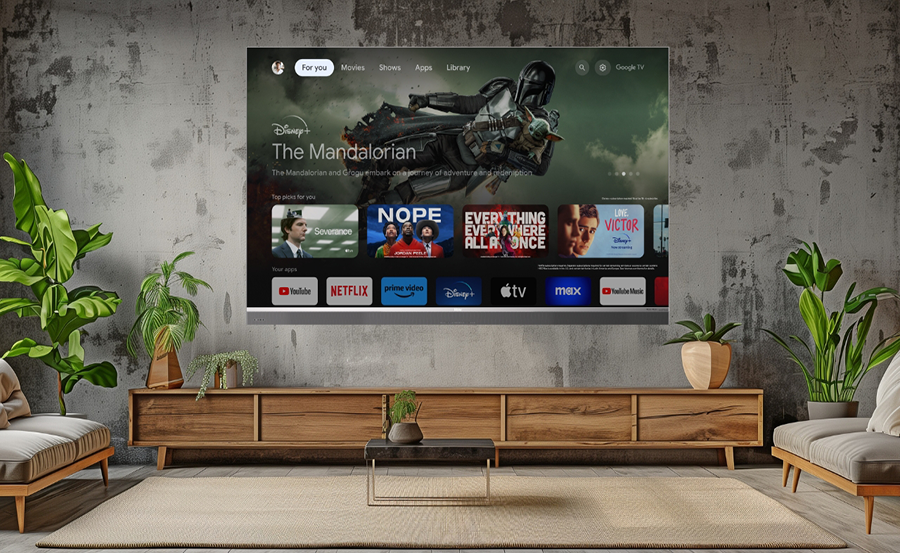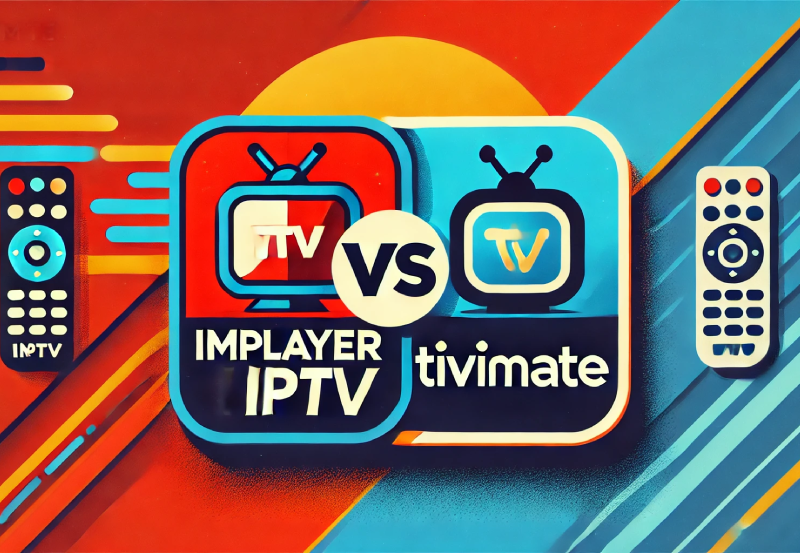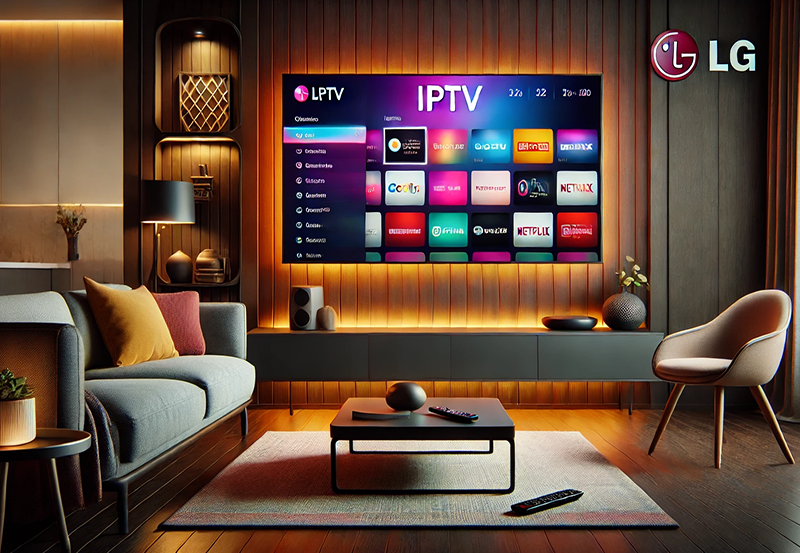Shopping for a new TV can feel a bit overwhelming, especially when faced with the array of smart TV options available today. Sony Smart TVs have long been a favorite among consumers, owing to their superior picture quality, innovative features, and stylish designs. Whether you’re a film buff, a sports enthusiast, or simply want a great viewing experience for your favorite TV shows, it’s essential to pick the right model for your needs. This guide will walk you through the key aspects to consider when selecting a Sony Smart TV, helping you make an informed decision that will transform your living room into an entertainment hub.
Understanding Sony Smart TV Technologies
Before diving into the specific models, let’s get a grasp of the technologies available in Sony Smart TVs. Each of these technologies offers unique benefits aimed at enhancing your viewing experience. Sony has always invested heavily in integrating cutting-edge technology into their TVs, making them stand out from their competitors.
LED vs OLED
The first thing you need to know about is the screen technology. Sony uses both LED and OLED in their TVs. LED TVs are usually more affordable and provide excellent picture quality suitable for a majority of viewers. However, OLED TVs offer deeper blacks and a wider color range, creating a more vibrant and immersive experience. OLED is ideal for those who watch a lot of movies or prefer a more cinematic experience.
Quick Tip:
Never miss a live event again! Subscribe to Affordable IPTV services for sports enthusiasts worldwide.
One key difference is viewing angles. OLED screens offer consistent image quality from any angle, while LED screens may lose some color accuracy when viewed from the side. Consider where you’ll be sitting in relation to the TV before making your choice.
4K vs 8K Resolution
Sony’s lineup includes both 4K and 8K resolution TVs. While 4K has become the standard for most modern TVs, offering four times the resolution of traditional HD, 8K TVs provide an even more detailed picture. 8K is not widely adopted yet, but it’s the future of high-definition viewing. However, native 8K content is still scarce, so investing in an 8K TV is truly for the picture enthusiasts and early adopters.
When choosing between 4K and 8K, consider the type of content you indulge in and your budget. For general use, 4K is more than enough, providing stunning clarity and performance at a more accessible price point.
Upscaling and Processor Technology
Sony takes pride in their processing technology which plays a crucial role in picture quality. The Sony X1 processor optimizes content in real-time, enhancing details and reducing noise. For consumers, this means a better viewing experience, regardless of the content’s original resolution. This can be especially beneficial if you subscribe to the best IPTV service, allowing you to watch channels with enhanced quality.
Advanced models are equipped with the XR cognitive processor, mimicking human brain cognition, analyzing the image’s elements, and delivering an exquisite viewing experience that feels natural and fluid.
Size and Space Considerations
The size of the TV you select is just as important as its features. You want something that fits well within your living space while providing an immersive experience. Sony offers a wide range of sizes, ensuring every user finds a suitable fit.
Screen Size and Viewing Distance
Determining the right screen size involves considering your room size and the viewing distance. For optimal viewing, measure the distance from your seating area to where your TV will be placed. As a general rule, the TV screen size should be about one-third the distance from your seating area. Larger screens are excellent for larger rooms or more distant viewing areas.
If you plan to use M3U playlists for IPTV, opting for a larger screen could enhance the experience, allowing you to see more detail in smaller elements such as text or graphics.
Room Lighting Impact
The lighting in your room can affect your TV’s picture quality. LED TVs often perform better in well-lit rooms, as they can get quite bright. Meanwhile, OLEDs excel in darker surroundings, where their superior contrast and color saturation can truly shine. Consider if your living room tends to be brightly lit or more dimly lit during typical viewing hours when choosing your TV.
It’s also worth noting that matte-finishes on some models help reduce glare from windows or lights, allowing you to view content without distraction, no matter the time of day.
Features to Enhance Your Viewing Experience
Sony Smart TVs come packed with features designed to optimize your viewing experience, making them more enjoyable and tailored to your needs. Understanding these features will help you maximize your enjoyment of your new TV.
Smart Features and Connectivity
Sony Smart TVs provide a range of smart features, offering a seamless, connected experience. Most models run on Android TV, providing easy access to a myriad of apps and streaming services. Key features include voice control through Google Assistant and Amazon Alexa, enabling hands-free operation and smart home integration.
Ensure your TV has sufficient HDMI and USB ports for all your devices. If you enjoy streaming or gaming, having multiple ports will make adding your devices straightforward and hassle-free.
Sound Quality and Audio Enhancement
While picture quality is often the focus, sound quality plays a critical role in your viewing experience. Sony Smart TVs often include advanced sound technologies like Dolby Atmos, creating a multi-dimensional audio experience. Consider a TV model that features acoustic surface audio, which uses the screen itself to emit sound, providing a more immersive experience.
For audiophiles, adding a sound system or soundbar can significantly enhance the audio output, providing the kind of rumbling lows and crisp highs found in theaters.
Compatibility with External Systems
Consider how your TV will integrate into your existing home setup. Most Sony TVs offer great compatibility with external systems, such as soundbars, streaming devices, or gaming consoles. They support a variety of connections including Bluetooth, HDMI, and Wi-Fi, ensuring that your TV can act as a central hub for all your devices.
If you’re considering IPTV services, ensure the TV can easily connect to a high-speed internet connection to stream content smoothly and efficiently.
Budget Considerations and Value
Selecting the right Sony Smart TV isn’t just about features and size—it’s also about ensuring you get the most value for your money. Sony TVs are available across a broad range of price points, so it’s possible to find something that delivers quality without breaking the bank.
Balancing Features and Price
It’s tempting to go for the top-of-the-line model, but ensure that the features you’re paying for align with your needs. A more expensive TV isn’t always better if it includes features that you’ll never use. Evaluate what you truly need, and ensure you’re not paying for extras that won’t enhance your viewing habits.
Look for models that offer deals or discounts. Around certain times of the year, like Black Friday or during clearance sales, you can often find great deals on high-quality Sony TVs.
Warranty and Customer Support
When investing in a higher-end Sony TV, check the warranty and what kind of customer support is available. Sony typically offers robust warranties on their products, ensuring any issues can be resolved quickly. This can be especially useful if you’re integrating sophisticated setups like IPTV services, where swift resolution of technical problems is beneficial.
Research Sony’s customer support reputation and read reviews on how well they honor warranties to ensure peace of mind with your purchase.
Final Thoughts
Investing in a Sony Smart TV is a choice that can significantly enhance your home entertainment system. With varied options in technology, size, and features, it’s possible to find a TV that fits your personal style and viewing needs. By considering your room’s characteristics, preferred content, and budget, you can confidently select a TV that will serve you well for years to come.
Whether you’re relying on the best IPTV service for international content, exploring M3U playlists for IPTV, or simply enjoying traditional broadcast and streaming services, a Sony TV makes a versatile and high-quality addition to your living room setup.
Frequently Asked Questions

What is the primary difference between LED and OLED Sony TVs?
LED TVs are more common and generally more affordable, providing good brightness and color accuracy. OLED TVs, however, offer superior picture quality with deeper blacks and more vibrant colors, ideal for cinematic experiences.
Is 8K resolution necessary for most users?
8K resolution provides incredibly detailed images but is not yet widely supported by most content providers. For general viewing, 4K resolution offers excellent quality sufficient for most users’ needs and is more economical.
How do Sony TVs integrate with smart home devices?
Sony TVs equipped with Android TV support integrations with smart home devices, like Google Assistant and Amazon Alexa, allowing you to control your TV and other connected devices with voice commands.
Why is processor technology important in a TV?
Processor technology, such as Sony’s X1 and XR cognitive processors, enhance viewing by optimizing image quality, reducing noise, and improving detail, providing a clearer and more immersive experience regardless of the content’s source.
What should I consider regarding sound quality in Sony TVs?
Look for TVs with advanced sound technologies like Dolby Atmos or acoustic surface audio for a cinematic audio experience. For those seeking top-tier sound, consider adding a soundbar or external speakers to complement the TV’s audio capabilities.
How important is the warranty when purchasing a Sony TV?
Having a strong warranty offers peace of mind and ensures you can address any technical issues without incurring extra costs. Check the duration and conditions of the warranty to ensure it covers the concerns you might have, especially if you integrate complex setups like IPTV.
How to Install IPTV on Linux: A Step-by-Step Guide




